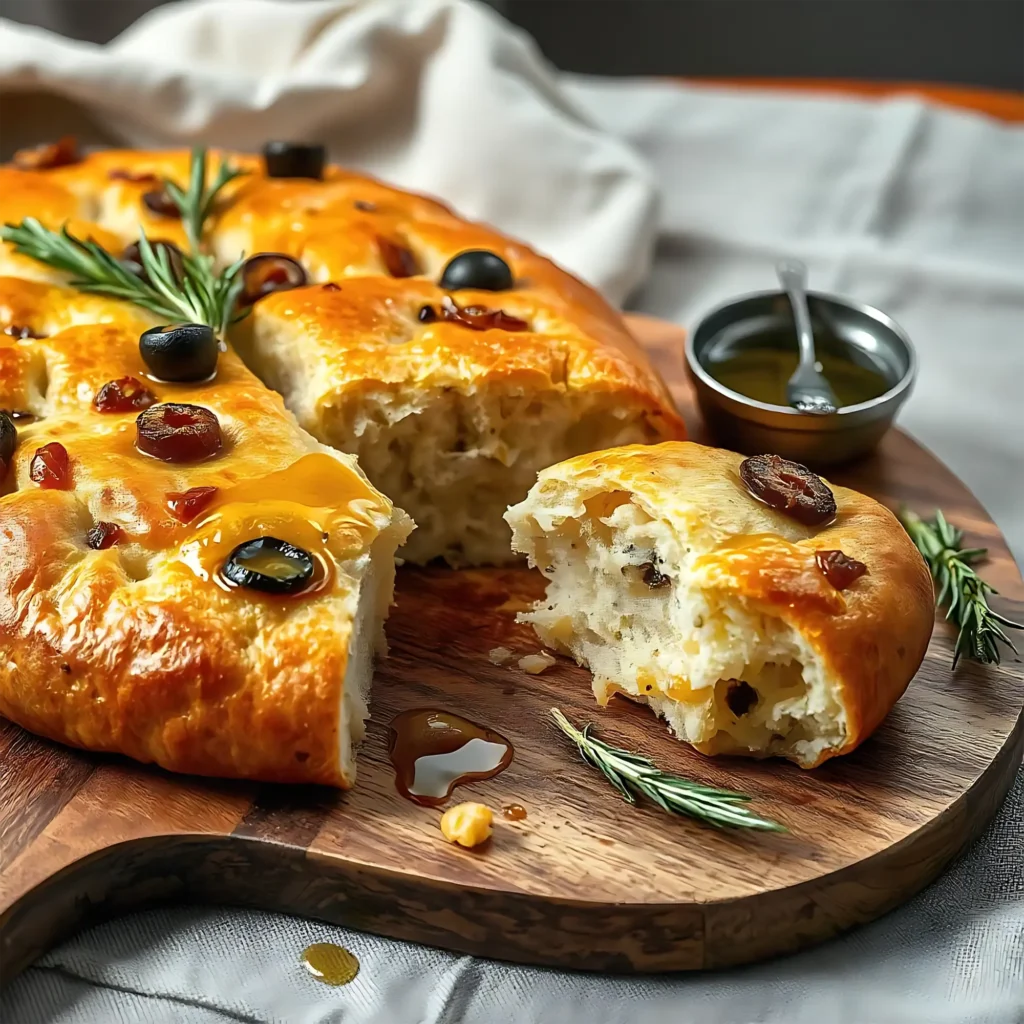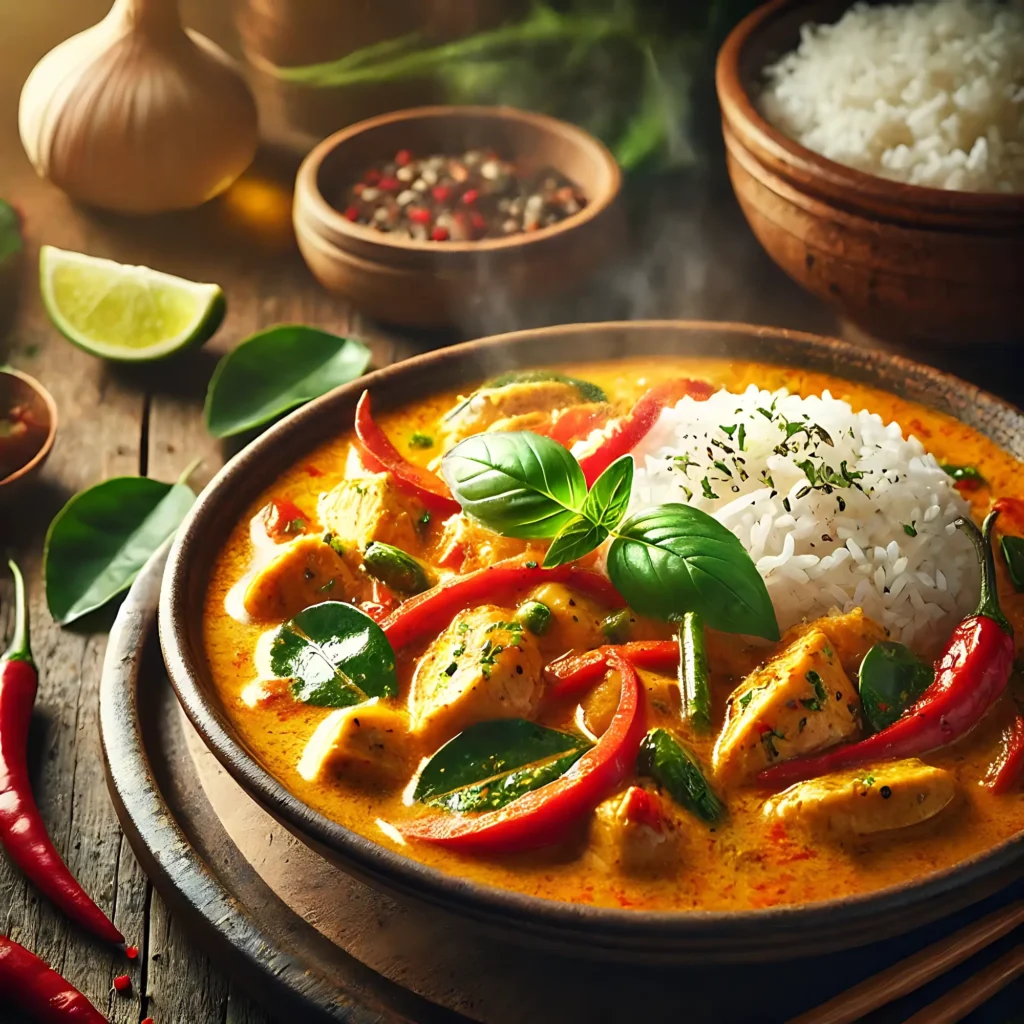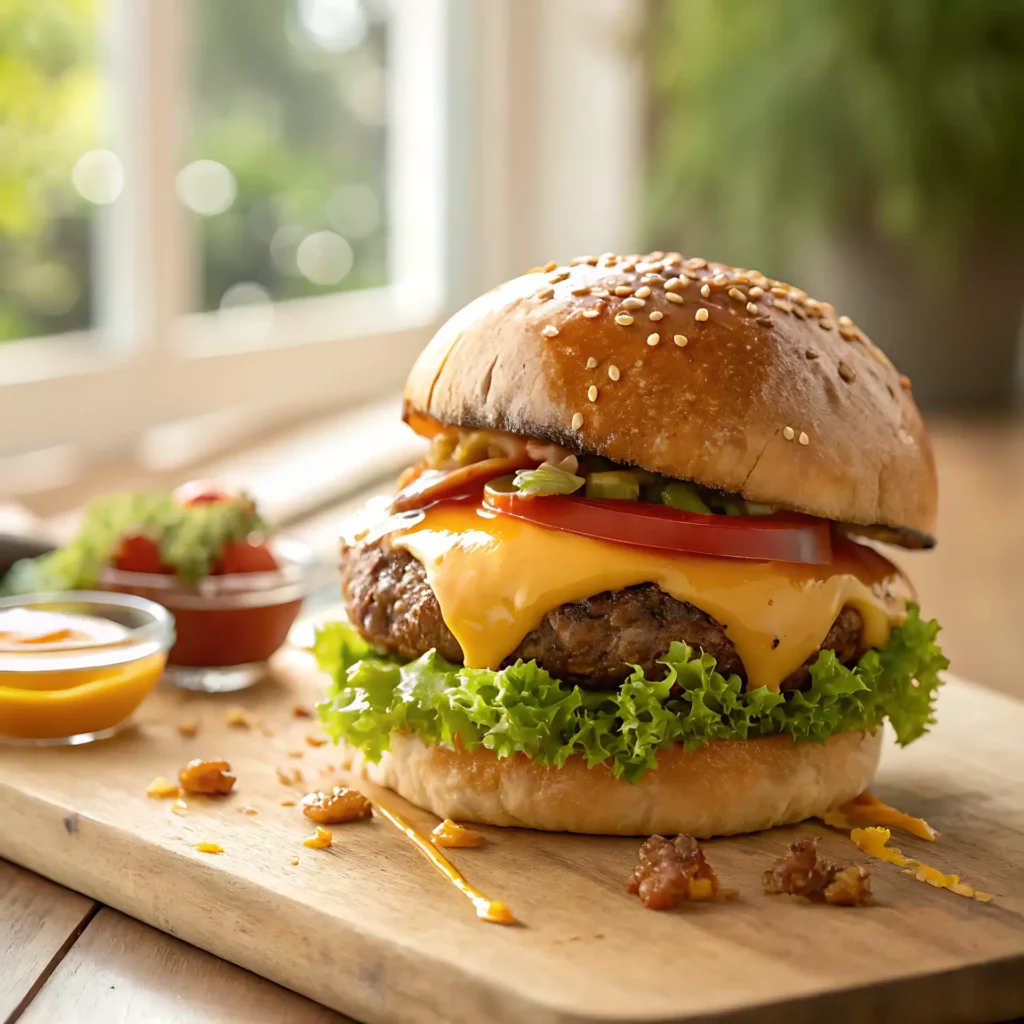The focaccia it is one of those simple pleasures that has transcended generations and borders. This flat bread, originally from the region of Liguria, in the northwest of Italy, has come to be an essential element of the Italian cuisine. Your prescription ancestral, with its golden and crispy crust and crumb fluffy, it has conquered those seeking an authentic experience in the world of the loaves. It is not only a companion to meals, but one that has evolved in several versions, from the classic focaccia with rosemary to those with tomatoes, olives, or even filled with fresh ingredients.
In its origins, the focaccia was consumed primarily as a bread humble, prepared by Italian families to accompany your dishes daily. The name "focaccia" comes from the Latin word "focus", which means "home" or "fire", which refers to baking at home, in wood-fired ovens or on heated stones. With the passage of time, the focaccia has diversified, and today can be found in restaurants all over the world, offering a taste experience that reflects the richness of the Italian culinary tradition.
This bread is not only delicious but also versatile. You can enjoy by itself, with a little bit of extra virgin olive oil, as an accompaniment to soups, salads or meats, or even as a base for a gourmet pizza. Best of all is that it is easy to make at home, which will allow you to savor this gem of the Italian bakery at its most authentic.
Ingredients Focaccia
To make a focaccia classic, you will need the following ingredients:
500 g of wheat flour (preferably of force or bakery)
300 ml warm water
2 teaspoons active dry yeast
3 tablespoons of extra virgin olive oil (and a little more for sprinkling)
10 g salt (you can use sea salt)
2 sprigs of fresh rosemary (or to taste)
A few drops of honey (optional, to add a touch of sweetness)
Olives, sun-dried tomatoes or red onion (optional, depending on the variant you choose)
The combination of wheat flour of high-quality, warm water, olive oil, and fresh herbs is the basis for a focaccia delicious. The yeast is in charge of to give that texture airy to the crumb that we all love, while the extra virgin olive oil gives a deep flavor and smooth.
Preparation of the Focaccia
Prepare the yeast: In a small bowl, dissolve the yeast in the warm water along with a pinch of sugar or honey (if you decide to use it). Let it sit for about 10 minutes or until bubbles form on the surface.
Mix the dry ingredients: In a large bowl, sift together the flour and add the salt. Make a well in the center and pour in the yeast mixture.
Knead the dough: Begin to mix the ingredients with your hands or a spatula until they start to join in. Add the olive oil slowly while still mixing. If the dough is too sticky, add a little more flour, but be careful not to overload.
First running: Once the dough is smooth and elastic, cover the bowl with a damp cloth and let rest in a warm place for about 1 hour, or until the dough has doubled in size.
Form the focaccia: Once the batter is smooth and leveled surface, transfiérela to a baking tray, previously floured or in which you've placed paper in oven. Spread the dough with your fingers to cover the entire surface, forming a flat bread. If you prefer, you can give it a personal touch by adding olives, sun-dried tomatoes or red onion chopped on the dough before baking.
The second involved: Let the dough rest for 20-30 minutes to come up a little more. Meanwhile, preheat the oven to 200°C (392°F).
Bake: Make small holes with fingers on the surface of the dough, drizzle with more olive oil and garnish with fresh rosemary leaves. Bake for 20-25 minutes, or until the focaccia is golden brown and crispy.
Cooled and served: Let cool slightly before cutting into portions. Serve with more olive oil and, if desired, a pinch of coarse salt for a final touch.
Nutritional information (per serving)
The focaccia is a bread relatively heat due to its high content of olive oil, but it is also an excellent source of energy. The following nutrition information is approximate to a portion (100 g) of focaccia traditional:
Calories: 270 kcal
Carbohydrates: 40 g
Proteins: 6 g
Fat: 10 g
Saturated fat: 1.5 g
Fiber: 1.5 g
Sodium: 300 mg
Sugars: 1 g
Although the focaccia can be a little lenient in terms of calories, healthy fats from the olive oil and the fiber of whole wheat flour makes a more nutritious than other traditional bread. In addition, it is a good source of complex carbohydrates that provide long-term energy.
Variations and Suggestions for the Focaccia
The classic recipe of the focaccia is just the beginning. Here we leave some ideas to experiment with your focaccia and create unique versions:
Focaccia with olives and caramelized onions:
Add green olives or black chopped and caramelized onion can transform your focaccia recipe, gourmet perfect for serving as an appetizer.
Focaccia with tomato and mozzarella:
If you like pizza, a version of focaccia with slices of fresh tomato, mozzarella and basil can be an excellent choice for a light lunch.
Focaccia with mixed herbs:
If rosemary is not your thing, you can experiment with different herbs such as thyme, oregano or basil. You can even make a blend of aromatic herbs to give it more complexity to the flavor.
Filled Focaccia:
For a more indulgent, you can fill out your focaccia with cheese, ham or even a touch of pesto. This type of focaccia is a great accompaniment to a fresh salad or as a main dish.
Focaccia sweet:
Although, traditionally, the focaccia is salty, you can make a sweet version using honey, brown sugar, dried fruit, and nuts. This variation is perfect for a breakfast or snack special.
Benefits of Focaccia
Aside from being delicious, the focaccia provides several benefits. To prepare with simple ingredients and fresh, you can enjoy a bread-free of preservatives or artificial additives. In addition, the focaccia is an excellent source of energy, ideal to accompany your meal, or even as a healthy snack mid-afternoon.
The extra virgin olive oil, one of the key ingredients of the focaccia, it is rich in monounsaturated fatty acids, which are beneficial for cardiovascular health. It is also a natural source of antioxidants, such as vitamin E, which contributes to cell protection.
Conclusion: Get your Own Focaccia and Enjoy a Taste of Italy!
The focaccia is more than just a simple bread; it is an experience that evokes the Italian tradition and lets you enjoy a delicious and healthy alternative to other commercial breads. With its crispy crust, a crumb fluffy and its versatility in the kitchen, this recipe fits any occasion.
If you dare to make it at home, you can experiment with different variations and adapt it to your own personal taste. In addition, enjoy a freshly baked bread, without additives or preservatives, and is always a healthier option.
Now it's your turn! Do you dare to prepare your own focaccia? Do it and share your experience in the comments. Don't forget to tag your friends so they can also enjoy this delicious Italian recipe.
Learn more about Italian Cuisine in our article:
Italian cuisine: 10 Dishes to Classic and How to Cook them


